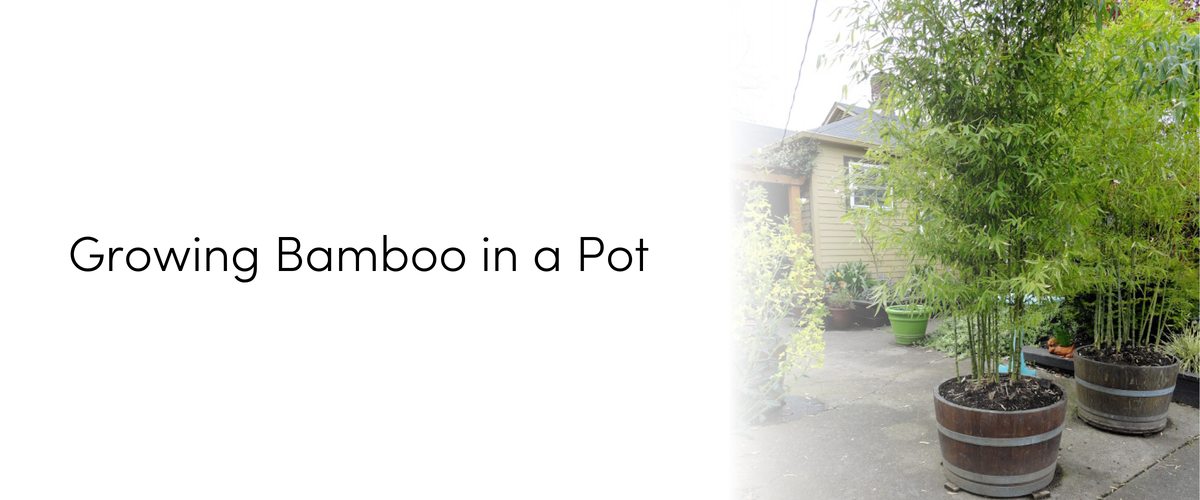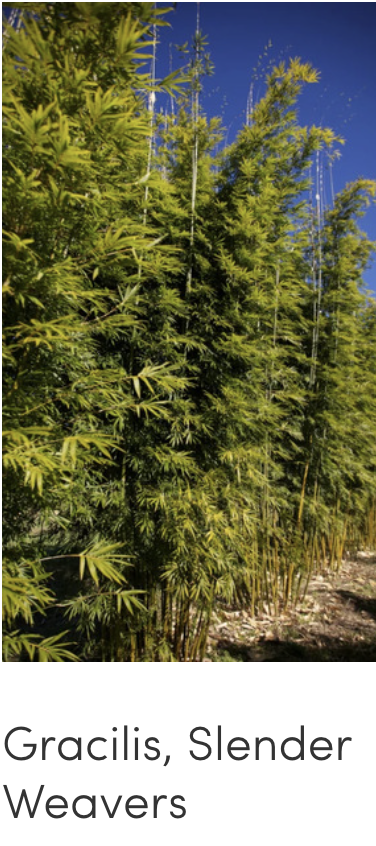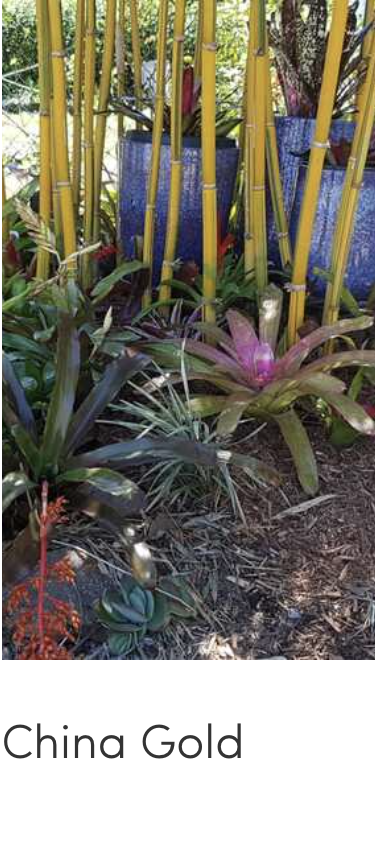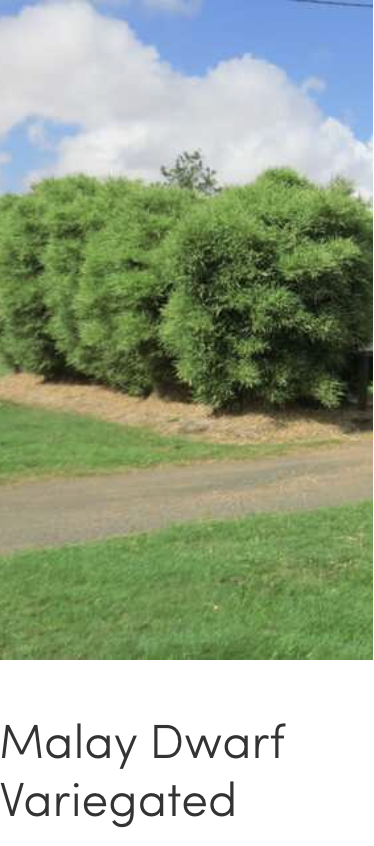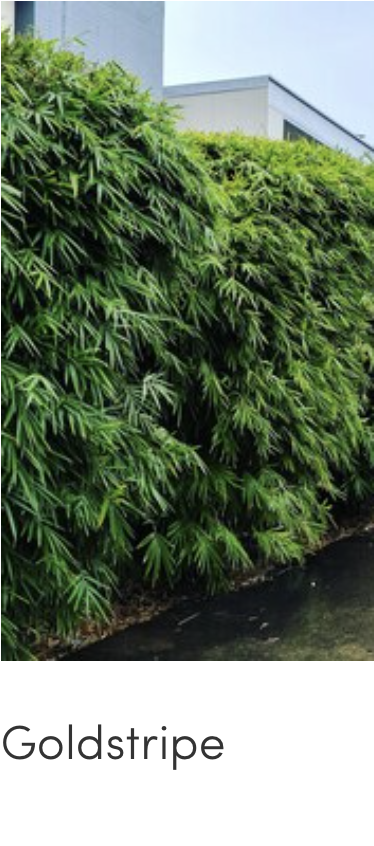Growing Bamboo Plants In Pots: A Definitive Guide
Bamboo in pots create a beautiful privacy screen ideal for balconies or patio or when space is limited. Learn more about how to grow bamboo in pots and the best varietals - take a look at our recommendations.
Pot choices for Bamboo
Because bamboo is tall, it becomes susceptible to being blown over by winds if grown in a pot. Growing bamboo in a solid low profile pot with a squared off base will assist with stability. If the pot is deep enough, the addition of rocks or gravel in the bottom will add weight, assisting with keeping it upright.
Like most plants grown in pots, bamboo grown in pots will be affected by high temperatures and strong winds. As the bamboo doesn’t have access to ground water they will dry out quicker under these conditions. Avoid using thin walled plastic pots. The use of a thick walled, concrete, timber or clay pot will protect the soil and roots, reducing the overall stress on the bamboo plant.
Take a look at these options for growing bamboo in pots (click on the image).
Potting Soil for Bamboo
Ensure that a quality, well draining potting soil is chosen. Premium soils developed specifically for growing plants in pots will include ingredients that will assist with water retention, and sustain plant nutrients.
Nutrients
Bamboo is most hungry during the hot months, when they are producing new stems. As they won’t have access to the nutrients in the ground, it is important to feed the bamboo during this period. As bamboo is a grass, it loves nitrogen, so choose a product that is high in this element (10 percent or more). To reduce the amount of time spent feeding the bamboo, the choice of a controlled release fertaliser for growing bamboo in pots is advisable. Choose one that has at least 6 to 8 months longevity. Apply, as per the directions, at the start of spring each year.
How Much Water Does Bamboo Need?
Bamboo looks the best if the soil in the pot remains moist. Regular watering is essential to maintain a healthy plant, especially during the hot months. During this time the plant may require a heavy watering every day. The addition of a thick layer of mulch will assist greatly in preventing the soil from drying out. During the cold months, bamboo goes into a relative dormancy, which means that they won’t require any where as much water.
Maintenance of potted bamboo
To keep the bamboo plant looking fresh in their pots, the older stems can be cut away at the base and removed. This will also put less demand on the plant as it doesn’t have to work as hard to keep each stem healthy and can assign energy towards growing new shoots. Even the more delicate bamboo varieties will eventually fill out their containers. This will take years, but it may need to be removed from its pot and either re-potted or divided to create a smaller plant.
Take a look at this video guide on planting bamboo in pots.
*Image supplied by The Danger Garden - http://www.thedangergarden.com/2012/04/bamboo-for-privacy-follow-up.html
Back to articles

